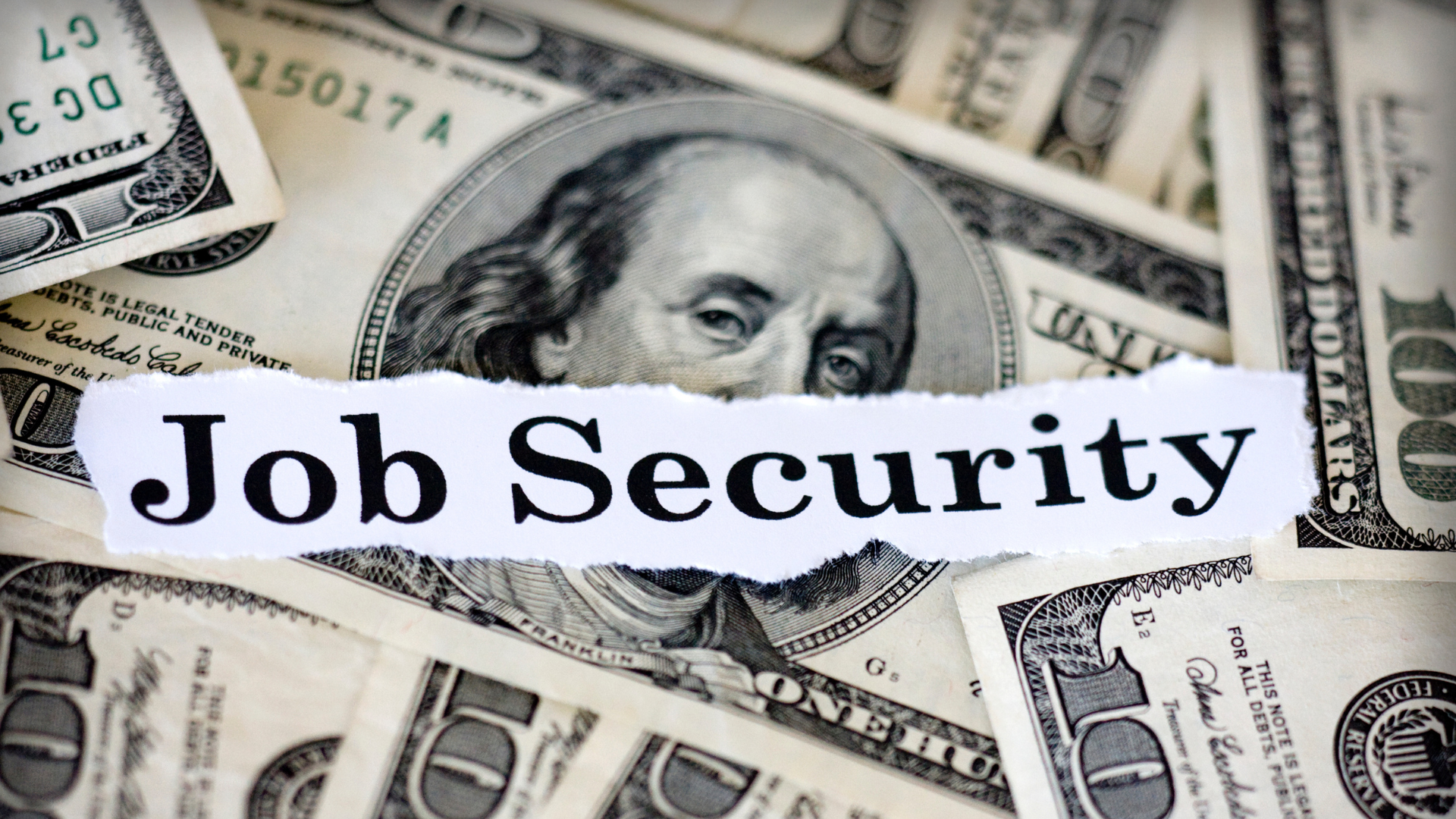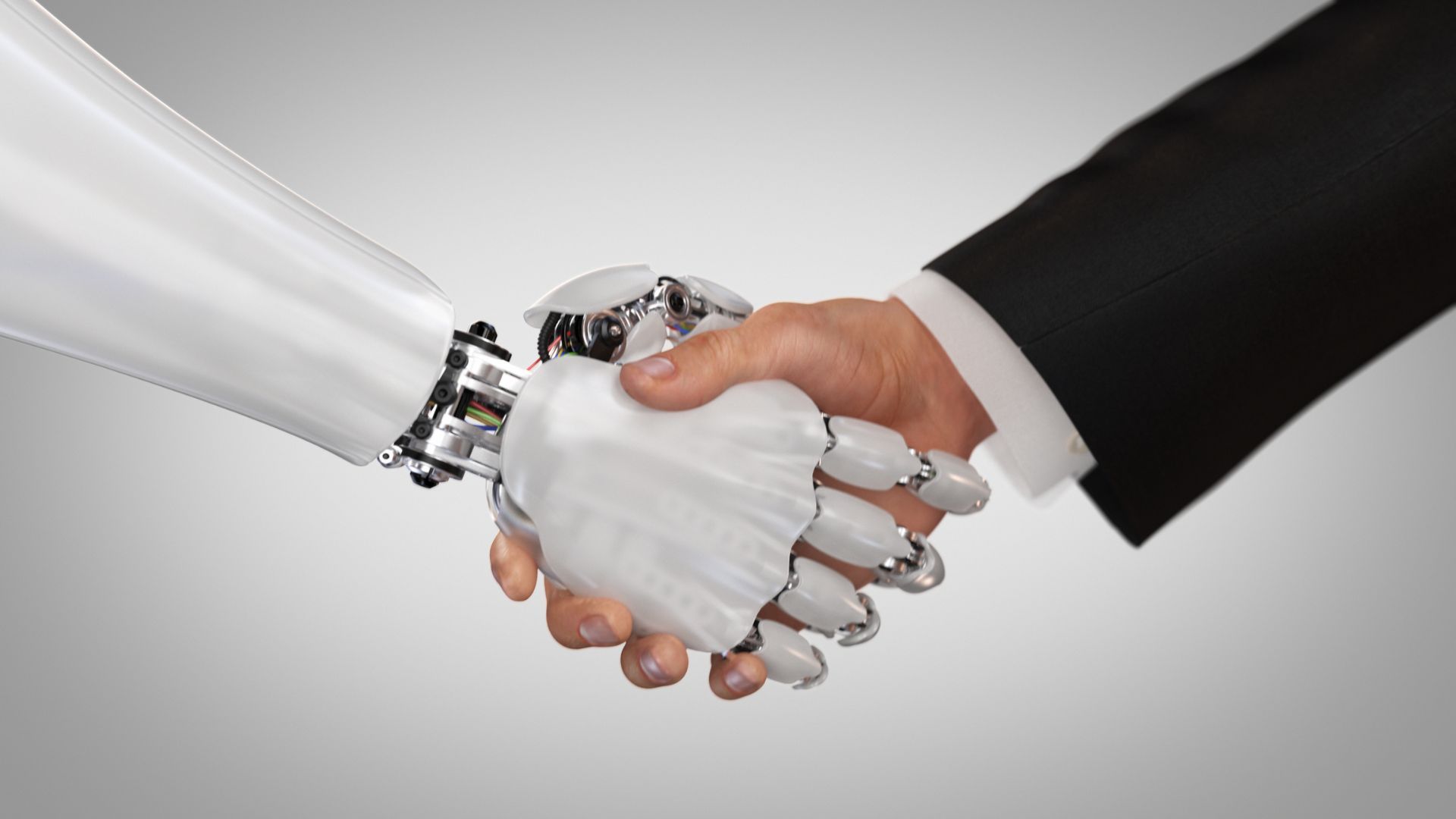Hybrid working is here to stay
Chitra Gulati • February 14, 2022

The year is 2019 and it’s an unquestioned expectation that you’re in the office, Monday to Friday. Pre-pandemic, if you had an appointment, such as a plumber coming in or the babysitter has cancelled, you would have been required to take the day off. Seems in the distance past, doesn’t it?
In 2022, almost two years since the pandemic began, hybrid working is now considered to be the new normal. Most office workers are working partly from home, choosing to only visit the office once or twice a week; while some workers have decided to continue working remotely on a full time basis.
This trend has hit the public sector as well and is no doubt here to stay. During 2021, the question of hybrid working has also expectedly made its way into the recruitment process. Most job seekers I work with enquire about the flexible working arrangements offered. Whether it’s an hourly-rate contract or fixed-term/permanent opportunity. Organisations that provide a flexible work environment have become more attractive to the preferred job seeker.
In an already talent short market, some hiring managers are likely to find it very challenging to find this top talent for a vacancy which requires a full time office based working pattern.
It is also a convenient arrangement if there is uncertainty if another lockdown or ‘Red traffic light’ situation occurs. If we are already in the habit of working from home and have the right tech set-up, lockdowns don’t create the disruption they did in 2020. Many of the organisations we recruit for started working from home the moment the New Zealand moved to the ‘Red’ traffic light setting. Those still working in the office have been advised to minimise their contact with outsiders and stick to online meetings.
Anecdotal feedback has shown that hybrid working can also help improve mental health and wellbeing. The flexibility that comes with it provides a stronger work-life balance and leads to better employee satisfaction.
For employers, hybrid work can mean lower expenses for office space as well as access to a wider talent pool, surpassing geographical limitations. Organisations can also recruit and maintain a more diverse workforce.
Hybrid work doesn’t come without its challenges. Some other challenges of the hybrid work model include security concerns, especially in public sector work requiring a Security Clearance. A few months ago, we had a contract role for a central New Zealand government agency where the job seeker couldn’t work from home for the first 6 weeks, as it wasn’t cleared for them to remove their laptop from the office.
Embracing hybrid working, with both its advantages and disadvantages, is the future. We’ve adapted to this model, and we’ll continue evolving and adapting to other upcoming trends. Who knows what’s next – maybe a 4-day work week?
Find the job you love I Find the right talent
Get in touch with people2people
Australia
I
United Kingdom
In business since 2002 in Australia, NZ, and the United Kingdom, people2people is an award-winning recruitment agency with people at our heart. With over 12 offices, we specialise in accounting and finance, business support, education, executive, government, HR, legal, marketing and digital, property, sales, supply chain, and technology sectors. As the proud recipients of the 2024 Outstanding Large Agency and Excellence in Candidate Care Awards, we are dedicated to helping businesses achieve success through a people-first approach.






